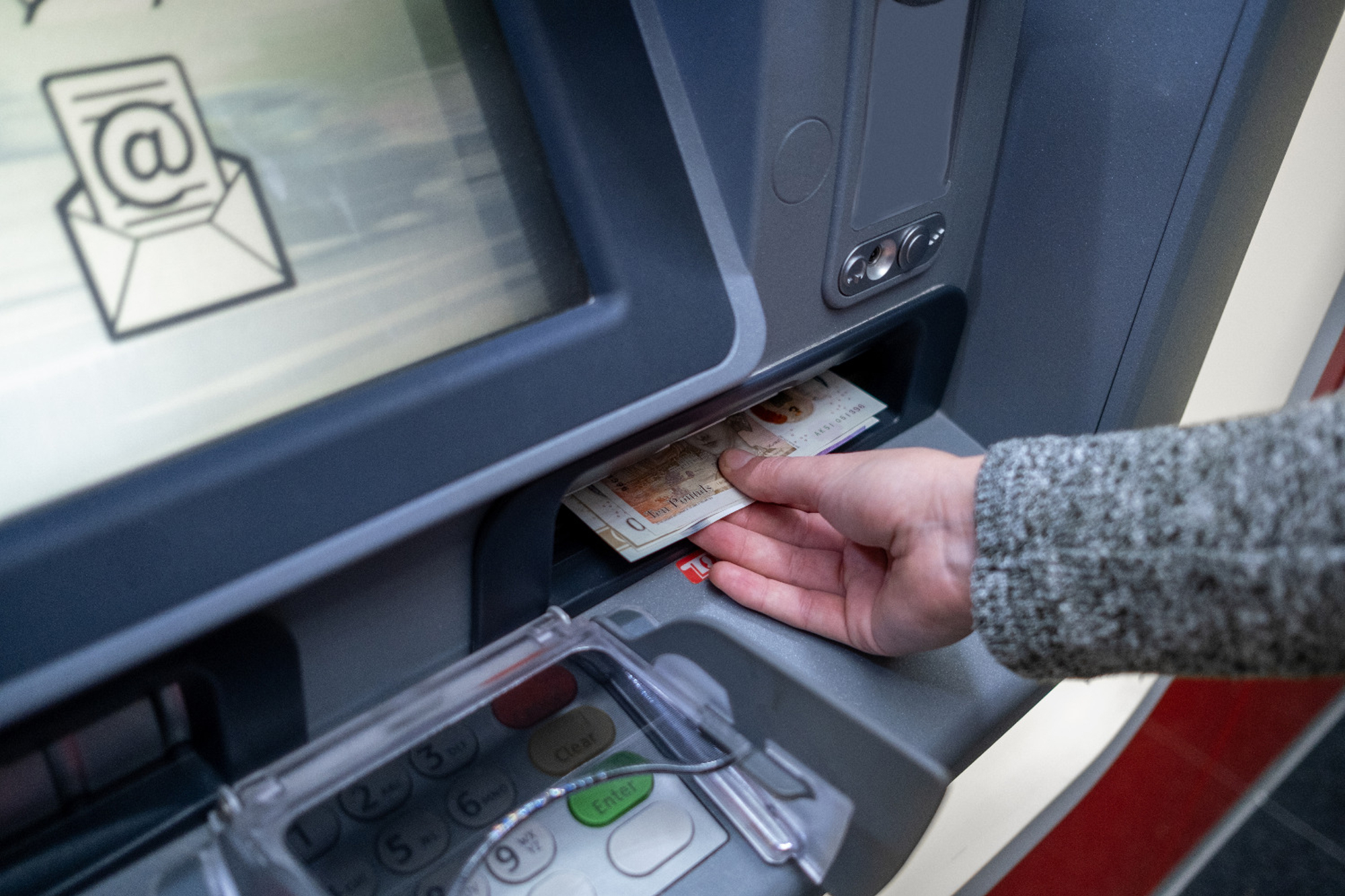News
The importance of new cash access protections for deprived areas

• As the Financial Services and Markets Bill brings in new protections for free cash access, analysis from LINK shows deprived areas remain cash-reliant
• Constituencies in Liverpool, Birmingham and Bradford amongst those moving away from cash at slowest rate
LINK, the UK’s Cash Access and ATM network, has today published new analysis showing the country’s most deprived communities are still heavily dependent on cash, underlining the importance of new protections for cash access in the Financial Services and Markets Bill.
The research shows big variations in patterns of cash usage in different parts of the UK and even within different areas of the same city.
Since the COVID-19 pandemic, transactions numbers at ATMs have declined on average by 40%. The most recent data from UK Finance shows cash now represent around 15% of all payments, down from over half just over a decade ago. Yet around five million people are still dependent on cash, with the elderly, disabled people and those on low incomes being more cash reliant.
|
Year |
Transaction volumes (millions) |
Transaction values |
|
2019 |
2608 |
£116bn |
|
2020 |
1643 |
£81bn |
|
2021 |
1522 |
£79bn |
|
2022 |
1587 |
£83bn |
|
2023 (end of May) |
616 |
£33bn |
These represent LINK transactions. This is when a customer uses an ATM that does not belong to their bank. These represent around 78% of all cash withdrawals.
Larger cities and more affluent constituencies including York, Bath and Edinburgh are amongst those going cashless most rapidly – with locals making fewer than half the number of ATM withdrawals that they were prior to the pandemic. In contrast, parts of Liverpool, Birmingham and Bradford have seen numbers of withdrawals fall by as little as a quarter, and the actual amount of money withdrawn in these cash-reliant areas has only fallen by around 10% since February 2020.
The below table outlines which UK Parliamentary constituencies have seen the largest and smallest fall in transactions.
|
UK Constituency |
Withdrawals difference since May 2019 |
UK Constituency |
Withdrawals difference since May 2019 |
|
Cities of London and Westminster |
-64.1% |
Liverpool, Walton |
-25.2% |
|
Bristol West |
-63.7% |
West Tyrone |
-25.5% |
|
Holborn and St Pancras |
-63.1% |
Leicester East |
-26.4% |
|
Edinburgh North and Leith |
-62.6% |
Wolverhampton South East |
-26.9% |
|
Edinburgh East |
-62.5% |
Bradford South |
-26.9% |
|
York Central |
-60.2% |
Barnsley East |
-28.2% |
|
Edinburgh South |
-59.9% |
Cynon Valley |
-28.5% |
|
Norwich South |
-59.6% |
Birmingham, Hodge Hill |
-28.9% |
|
Glasgow Central |
-59.5% |
Stoke-on-Trent North |
-29.0% |
|
Bath |
-59.2% |
Bishop Auckland |
-29.2% |
LINK has also reviewed differences between payment across the same cities. For example, in Glasgow North East, ATM use has declined by one-third since the pandemic (33%), although as ATM visiting patterns have changed since the pandemic, with people visiting less often but withdrawing more, the amount withdrawn has only declined by 16% in the same period. Contrasting this to Glasgow Central, where ATM use has declined by almost 60% and values are down by 46%.
|
Nation/City |
Constituency |
Number of withdrawals |
Amount withdrawn |
|
England |
Bristol West |
-63.7% |
-50.2% |
|
|
Bristol South |
-39.7% |
-26.8% |
|
Northern Ireland |
Belfast South |
-53.5% |
-32.9% |
|
|
West Tyrone |
-25.5% |
-0.8% |
|
Scotland |
Glasgow Central |
-59.5% |
-46.0% |
|
|
Glasgow North East |
-33.1% |
-16.8% |
|
Wales |
Cardiff Central |
-58.0% |
-43.9% |
|
|
Cardiff West |
-31.4% |
-16.4% |
|
London |
Cities of London and Westminster |
-64.1% |
-48.7% |
|
|
Enfield North |
-37.1% |
-21.2% |
John Howells, CEO, LINK: "Five million people still rely on cash every day and deprivation is the biggest single indicator of cash dependency. There is evidence that increasing numbers of people have been using cash as a budgeting tool during the cost-of-living crisis, and many people from poorer communities also lack the digital skills and the tools necessary to access online banking, such as smart phones and broadband.
"We must manage the transition to digital carefully to ensure that millions of vulnerable consumers are not left behind. This means maintaining a good spread of free-to-use ATMs, expanding new services such as Cash at the Till, and providing consumers with support so they are able to use banking apps and digital payments."
"LINK is determined to protect access to cash for those who need it for as long as it is needed, whether people in their area are embracing new payment methods or sticking with cash."
ENDS